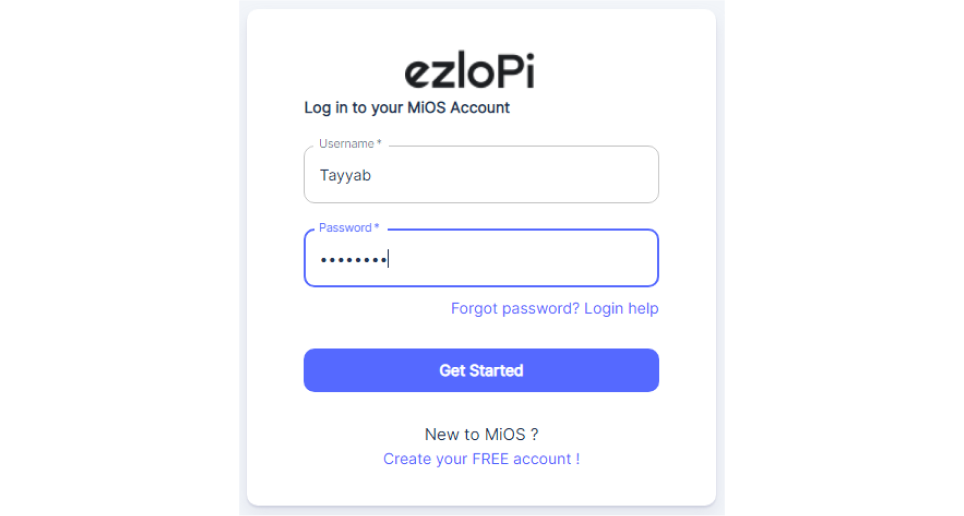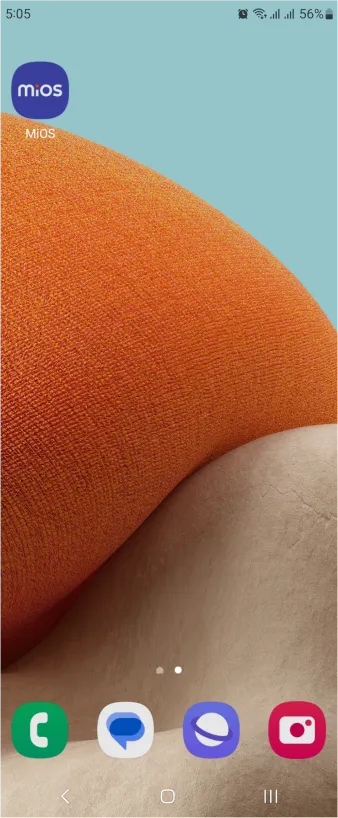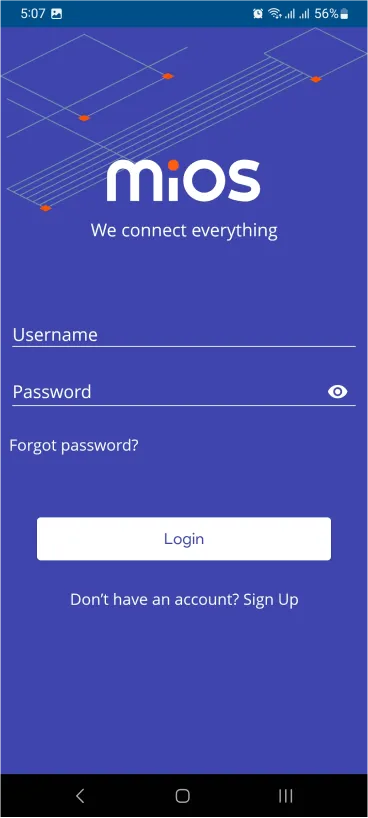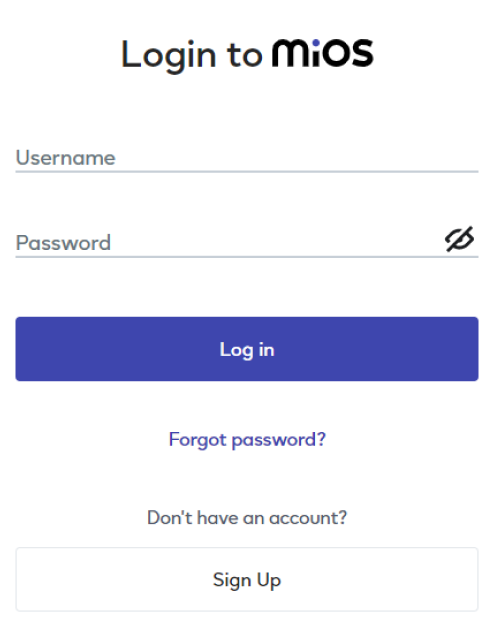
Voltage monitoring of a battery
The EzloPi smart devices provide automation through simple, customizable use with our open-source EzloPi platform, making daily life easier and improving human-machine interactions.
Before moving into this example, it is very important to know about the device registration, provisioning and converting the ESP32 device into an EzloPi device along with knowledge of Web Flasher, MiOS Mobile Application for Android/iOS and the MiOS Web Application.
1. About this example
This project has demonstrated a voltage monitoring setup by utilizing a B179 voltage sensor and interfacing it with the EzloPi device which aims to develop a system that can accurately and continuously monitor the voltage levels of a battery. B179 Voltage Sensor is an essential tool for industries and applications reliant on batteries. It ensures the efficient use of battery resources, reduces downtime, and contributes to the overall reliability of the systems it is integrated into.
Battery voltage monitoring is essential in various applications, such as battery-operated portable devices, renewable energy systems, electric vehicles, and backup power supplies, to ensure the optimal performance and longevity of the batteries. We can als remotely check the battery voltage using the MiOS application.
2. Circuit Diagram & Interface
The following components are required for interfacing with the EzloPi device:
- ESP32 as an EzloPi smart device.
- B179 Voltage Sensor Module (0 to 25V DC)
- Two or more 9V batteries.
The wiring diagram for ESP32 is represented as follows:


The following connections are made in order to complete the entire circuit setup.
- Connect the GND from the ESP32 to the GND of the voltage sensor.
- Connect the D33 pin from the ESP32 to the pin ‘S’ of the voltage sensor.
- No need to connect the ‘+’ pin of the voltage sensor to the ESP32
3. Interfacing the B179 voltage sensor using the EzloPi Web Flasher:
- Set up your device/hardware by visiting config.ezlopi.com

- Log in using the credentials which you just set earlier while signing up.

- Now, click on the Connect Device button and a pop-up window will appear.

- Now, select COM Port to which your ESP32 device is connected. In our case, the COM3 port is used.
Click Connect

- If you are new to this and it’s your first time configuring, select Create new Device ID. Enter Wifi SSID and Wifi Password.
- In the Device Configuration, tab click on Analog Input.

7. An Analog Input window will open for inputting the following parameters:
- Set a Device Name of your choosing. In our case, we set it to Voltage Measurement.
- Set Device Subtype to Shunt voltmeter.
- Set the IN GPIO to 33.
- Set the Resolution to 10 bits.
- Now Click the Apply button.
- After clicking the apply button you can see a table of your setting in the device configuration tab.
- Press the Flash Device button.
8. A window will appear on the bottom right side of the screen displaying “Please press BOOT button while flashing begins.”

9. Hold the BOOT button down until the next window appears on the bottom right side of the screen which says “Installation prepared. Please release the boot button now.”

- Release the BOOT button from your ESP32 when this pop-up on the bottom right window appears.

- After some time, a popup will appear saying Device Flashed Successfully! This means that your device has been set up successfully.
4. MiOS App
You can download the MIOS Android app from the Google Play Store and Apple App Store.
- After downloading the app, proceed to install the application and open it.

- Using the MIOS mobile application, create a new Ezlo Cloud account using the sign-up option. If you already have an account, you may proceed to log in.

- After successfully logging in, you will be able to see the number of controllers connected such as a lamp, fan, or any other device in the MiOS app. Tap on any controller of your desired ID:

- You will be able to see the status of your controller whether it is online or offline. Access the device dashboard, and tap the device. The following view of the dashboard will appear:

- After opening the MiOS mobile dashboard, you will be able to see the tile of your connected device. In the above figure, the voltmeter/voltage sensor tile is displaying the voltages being measured by the sensor of the connected battery.
5. MiOS Web Application
- After configuring the controller with the EzloPi web flasher, head to ezlogic.mios.com

- Use the same credentials to log in that you used for configuring the controller with the web flasher.

- After opening the MiOS web dashboard, you will be able to see the tile of your connected device. In the above figure, the voltmeter/voltage sensor tile is displaying the voltages being measured by the sensor of the connected battery.

eZlopie Products A single-channel 5V relay module $00.00

eZlopie Products Momentary switch $00.00

eZlopie Products Level Shifter Module (BSS138) $00.00

eZlopie Products ESP32
$00.00

eZlopie Products AC Lamp and Holder
$00.00











